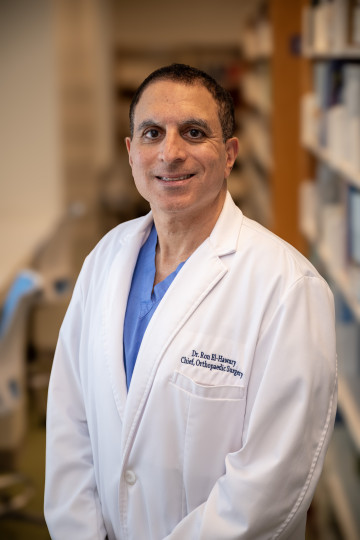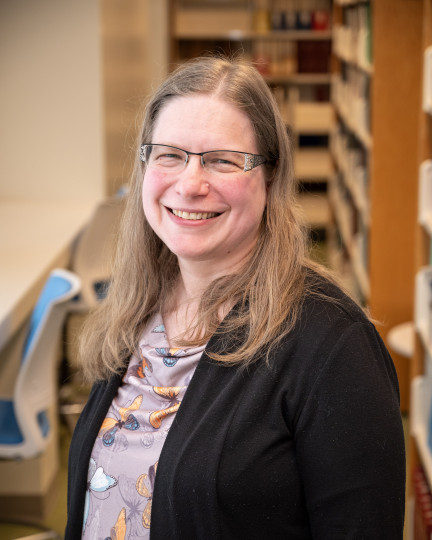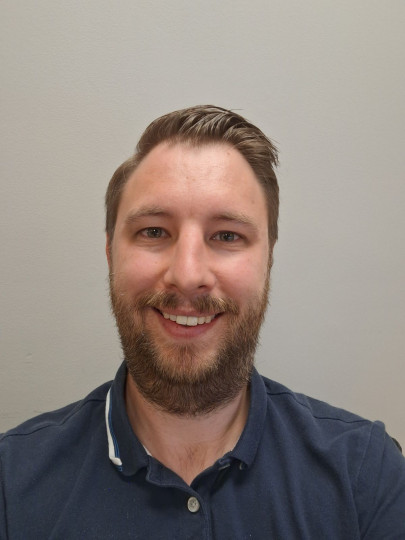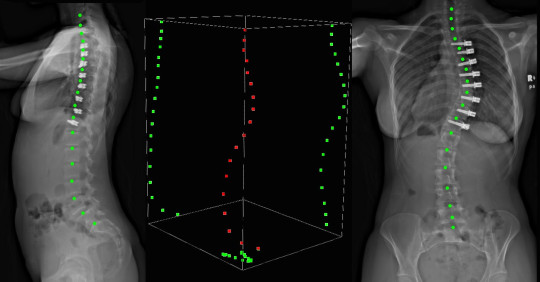In 2017 a new way of measuring spine growth was developed at the IWK that would revolutionize the way scoliosis surgery was approached. The ‘Halifax Method’ gives orthopedic surgeons a more accurate measurement of which to base treatment decisions.
Three Dimensional (3D) True Spine Length (3D-TSL) or the ‘Halifax Method’ as it is widely known, is a way to measure the 3D length of the spine using only two x-ray images (front-to-back and side-to-side). Previously spine growth in kids with scoliosis was measured by the vertical height on the front-to-back image only, ignoring any curvature.

Dr. Ron El-Hawary, photo by Ryan Wilson IWK
The Halifax Method was created by clinical engineer Alan Spurway, Chief Orthopedic Surgery Dr. Ron El-Hawary and research engineer Jennifer Hurry.
Scoliosis Awareness Day, observed every year on June 30th, is a day dedicated to raising awareness about this widespread and misunderstood spinal condition.

Jennifer Hurry, photo by Ryan Wilson IWK
Scoliosis is a sideways curvature of the spine that most often is diagnosed in adolescents. On an x-ray, the spine of a person with scoliosis looks more like an "S" or a "C" than a straight line. These curves may cause shoulders or hips to be uneven, depending on where curves are located in the spine.
Idiopathic scoliosis is by far the most common kind of scoliosis. "Idiopathic" means the cause is unknown, and it develops most frequently in preteens or teen-agers. Adolescent idiopathic scoliosis (AIS) is 10 times more common in girls than boys.

Alan Spurway, photo submitted
